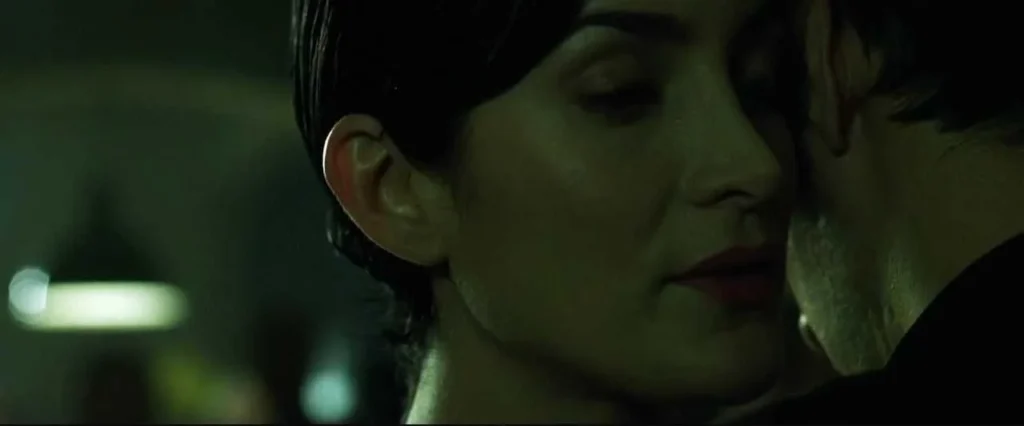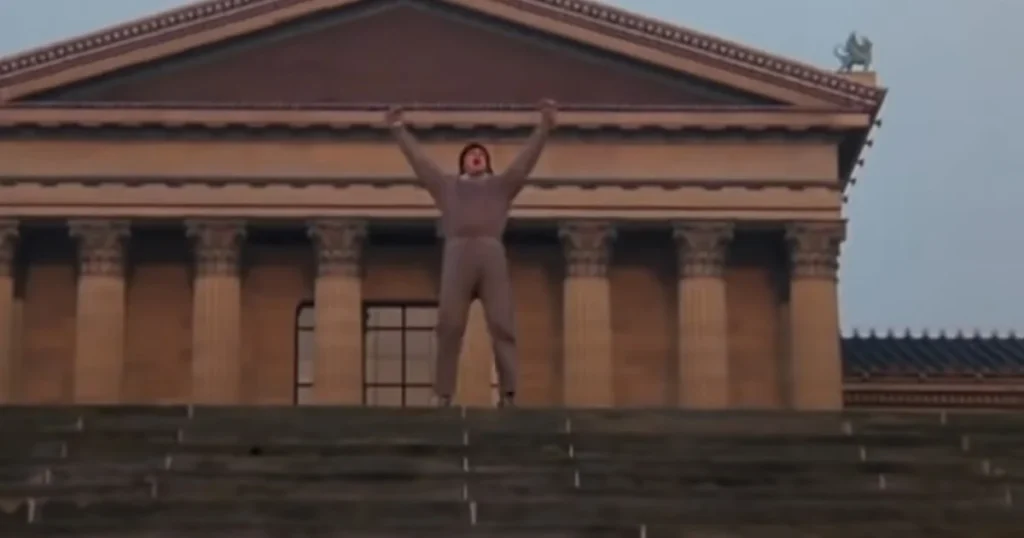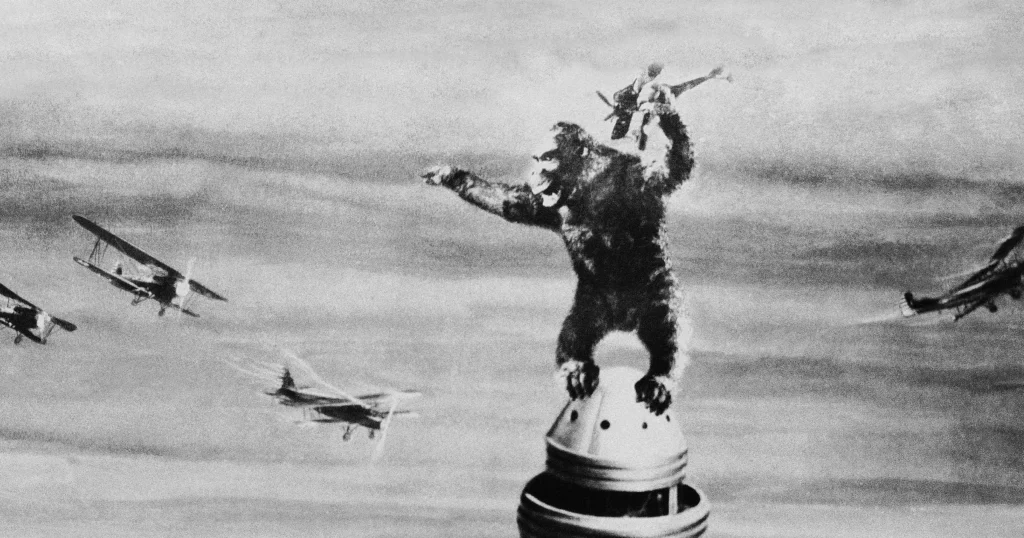
Most of the time, after we watch a movie we like, we praise the Robert Downey Jr. playing a great part or the Stephen Spielberg’s fantastic direction. There are still (mostly) unsung heroes there who we tend to forget because the eyes play a more active role than the ears: the composers and sound designers.
Of course, of course, we all like Hans Zimmer or Ennio Morricone, and it is not like we forget to praise them. Sound in movies has, however, many more hidden layers, and works differently from imagery because it speaks to us on another level of consciousness.
Today we will discuss the role that sound plays in a movie, and how it contributes to creating atmosphere and make fictional characters and things as real as possible.
Two Sonic Realms: Diegetic and Non-Diegetic Sounds
Before talking about the psychological part behind sound in movies, it is better to talk about the two distinct categories of sounds found in a movie: Diegetic and Non-Diegetic Sound.
Diegetic Sounds

Do you remember in the movie “The Matrix” when Thomas Anderson, aka Neo, decides to follow the white rabbit and goes to that club where he meets Trinity for the first time? There, the DJ is playing a remixed version of “Dragula” by Rob Zombie that realistically almost covers the conversation between the future couple: this is a fantastic example of Diegetic Sound.
Diegetic Sounds are sounds which originate from the scene itself: music from a radio, the sound of footsteps or even the voice of somebody thinking are all part of the scene, thus Diegetic.
There are often sounds called “Foley” Sounds, which are not technically originating from the scene itself, but are added in post-production later. Think of that elf in “Lord of The Rings: The Two Towers” who falls from the walls of Helm’s Deep and screams in a very recognizable way. That sound, called “Wilhelm Scream” is an example of a Foley Sound, which is still considered Diegetic because of its aim of aiding to reproduce realism in the scene.
Non-Diegetic Sounds

Now whether you watched them or not, I know for sure that you know the iconic song from the training montages of the “Rocky” movies. If you did not watch these movies, do yourself a favor and binge watch them right now. The song I am talking about is “Gonna Fly Now” by Bill Conti and accompanies Silvester Stallone through his training montages to get ready for a fight: this is a fitting example of Non-Diegetic Sound.
Non-Diegetic Sounds are external sounds that do not directly belong in the scene: the soundtrack or a music cue for a horror jump scare, for example, are examples of Non-Diegetic Sounds, and their purpose is to better help fill the immersion gap that a viewer experiences while watching a movie.
Since we just talked about helping the viewers fill an immersion gap, let’s ask ourselves: why is there that gap to begin with?
Building Bridges: Sound’s Role in Viewer Immersion
A study conducted by Visch et al. states that a higher viewer immersion leads to an increased intensity of viewer emotions (2010). While immersion is influenced by some subjective factors, such as the viewer’s past experiences and empathy, each viewer suffers the same problem: they cannot really be immersed in something that is not happening to them directly, without some external help.
There are techniques used in movies to objectively increase immersion, and you can count Sound Design and Music Scoring as one of the most important.
Audio cues and music are responsible for setting the right atmosphere in the scene and, as Richardson & Hawkins state in their collection of essays, they help the viewer understanding the position of the characters withing the fictional world of the movie (2007).
Movies like “Jaws”, “Psycho” or “Jurassic Park” are great examples of Non-Diegetic Sounds creating a unique and iconic atmosphere that sets characters and events in their rightful place, facilitating the viewer’s immersion.
But how does music exactly interact with us?
The Harmonic Connection: Movie Sounds and Our Brain
As viewers, we often have instant reactions to music associated with a movie: think of the “sad piano” in a dramatic scene, or the chunky, distorted guitar riff right before an action scene. Is it only our experience of watching movies that get us biased enough to expect or feel particular things? Not only.
A research study made by Rahman et al. From the Australian National University states that: “Music acts as a nonverbal medium moving through the auditory cortex directly to the limbic system” (2021, p. 1).
In other terms, the connection happens on a physiological level first, to then impact and influence the human perception.
Needless to say that past association is something that happens no matter what: has ever happened to you to hear a crescent low bass in a horror movie and you instantly thought “Oh, the Killer/Monster/Problem will assault the main character now!” and, after that happened, you felt great and smart?
That is wanted and perfectly calculated by the sound designers in movies. You are still super smart in my book, though!
Regarding the importance of sound design, let’s talk about a particularly important category of Diegetic Sound that incredibly helps immersion: making imaginary things real.
Making the Imaginary Audible: Crafting Sounds for Fictional Realities

King Kong, dragons, laser guns and even lightsabers all have one thing in common: they (unfortunately… aside of maybe King Kong) do not exist, and neither do their sounds.
Sound designers oversee crafting these imaginary sounds from the combination of real sounds from several sources.
Sometimes it can go as far as modifying the sound of a glove full of resin that slides on a string of a double bass: Godzilla’s roar. Even human voice is used and modified as a possible element for imaginary things.
In a research focusing particularly on this last source, Kiss & Medina write that: “Recently, a few film sound designers and directors have been exploring this potential of the human voice –using its spectral features, exploring different vocal practices such as overtone singing, looping/splicing/processing – to humanize sounds marked as alien” (2021, p. 2). No matter the source, these sounds suit their targets so well, that they eventually make the creature or object naturally belong to the universe in which the movie is set in.
As an ex-theatre composer myself, making the sound of something that does not exist is one of the most difficult creative processes ever, and one that I could not imagine myself doing.
Conclusion
While I specifically talked only about movies, there are other media, like video games, that work very similarly in terms of sound. I decided to not actively include video games because there should be a separate talk about other kinds of composition techniques that happen in a much more interactive media like that. Let’s leave that for a future article… which I can’t wait to share with you readers!
Talking about videogames, here’s an article about Elden Ring!
For now, let’s keep in mind what we discussed above, and let’s praise more the “sound guys” and their creation which we can consider the hidden protagonists of the next movie we will watch at the cinema!
References
Visch, Valentijn T. , Tan, S. and Molenaar, Dylan. (2010). The emotional and cognitive effect of immersion in film viewing. Cognition & Emotion. 24: 8, 1439 — 1445.
Richardson, J., & Hawkins, S. (2009). Essays on sound and vision. Helsinki: Gaudeamus, University of Helsinki Press.
Rahman, J., Gedeon, T., Caldwell, S. & Jones, R. (2021). Can Binaural Beats Increase Your Focus? Exploring the Effects of Music in Participants’ Conscious and Brain Activity Responses. https://doi.org/10.1145/3411763.3451813
Medina, N., & Kiss, M. (2021). The Role of Experimenting with the Human Voice in Film Music in the Representation of the Human/Alien Divide: the Case of Arrival (2016). Acta Universitatis Sapientiae Film and Media Studies 20(1):1-19. https://doi.org/10.2478/ausfm-2021-0011




Pingback: 10 Epic Video Game Soundtracks That Are Certified Bangers